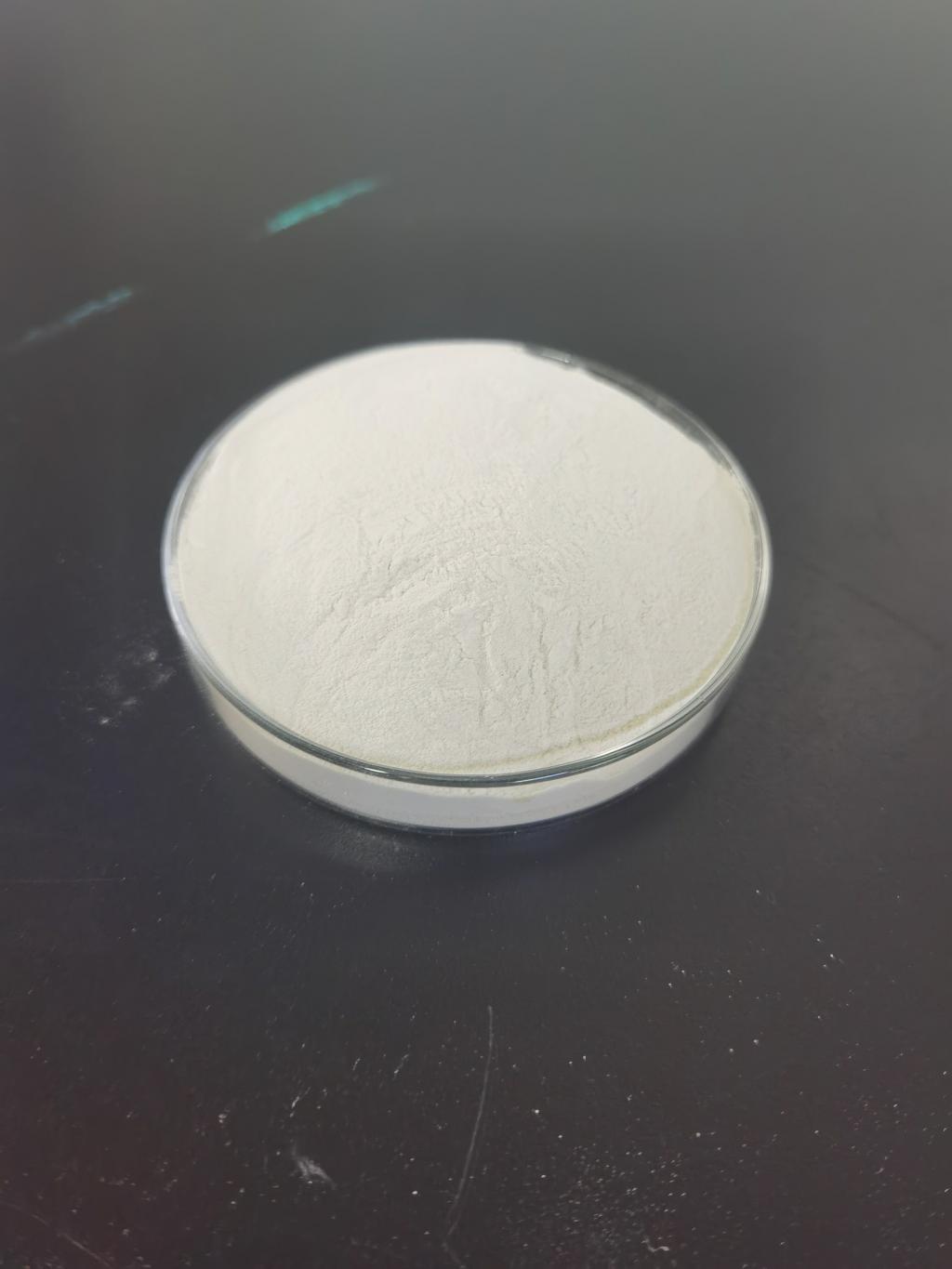Tel:+8618231198596

News
 CONTACT
CONTACT
 CONTACT
CONTACT
- Linkman:Linda Yao
- Tel: +8618231198596
- Email:linda.yao@dcpharma.cn
- Linkman:CHARLES.WANG
- Department:Overseas
- Tel: 0086 0311-85537378 0086 0311-85539701
News
Nisin in Dairy Industry: Extending Shelf Life Naturally.
TIME:2023-08-31
Introduction to Nisin:
Nisin, an antimicrobial peptide, is derived from the bacterium Lactococcus lactis. Its discovery traces back to the 1920s, when it was identified during investigations into bacterial interactions in cheese production. Since then, nisin has gained recognition for its capability to inhibit the growth of various Gram-positive bacteria, including those responsible for spoilage and foodborne illnesses.
The Challenges of Dairy Product Spoilage:
Dairy products are susceptible to spoilage due to the presence of bacteria, yeasts, and molds. Bacterial contamination, in particular, can lead to unfavorable flavors, altered textures, and reduced shelf life. Traditional methods of preserving dairy products, such as refrigeration and heat treatment, have their limitations in terms of effectiveness and impact on product quality.
Mechanism of Action of Nisin:
Nisin operates as a natural preservative by disrupting bacterial cell membranes. It integrates itself into the lipid bilayer of the cell membrane, creating pores that result in the leakage of cellular contents. This disruption impedes the growth and survival of spoilage and pathogenic bacteria, ultimately extending the shelf life of dairy products.
Applications of Nisin in the Dairy Industry:
Cheese Production:
Among the earliest applications of nisin in the dairy industry is its use in cheese production. Given that cheese is a complex amalgamation of proteins and fats, it is susceptible to bacterial contamination. Nisin has been employed to manage the growth of spoilage bacteria and prevent the development of undesirable flavors and textures during the aging of cheese.
Yoghurt and Fermented Products:
Nisin has also found application in the creation of yoghurt and other fermented dairy items. These products are formed through the action of lactic acid bacteria, which are also susceptible to nisin's antimicrobial properties. By controlling the growth of competing bacteria, nisin aids in upholding the consistency and quality of such products.
Liquid Milk and Cream:
Liquid dairy products, including milk and cream, are prone to bacterial proliferation, leading to souring and curdling. The incorporation of nisin can effectively extend the shelf life of these products, ensuring their continued safety and palatability.
Benefits of Nisin:
Natural Origin:
A prominent advantage of nisin lies in its natural derivation. Sourced from the bacterium Lactococcus lactis, nisin aligns with the increasing consumer demand for ingredients that are natural and have a clean label.
Reduced Reliance on Chemical Preservatives:
Nisin's adoption can potentially diminish or eliminate the need for chemical preservatives, which could pose health concerns or negatively impact the sensory characteristics of dairy products.
Preservation of Product Quality:
Differing from certain conventional preservation methods, nisin specifically targets harmful bacteria without significantly affecting the desirable attributes of dairy products. This preservation approach contributes to the maintenance of taste, texture, and nutritional value.
Regulatory Considerations:
The use of nisin in the dairy industry is contingent on regulatory approval in numerous countries. Regulatory bodies evaluate its safety for consumption and determine permissible usage levels in different dairy products.
Future Implications and Research:
As the demand for natural and minimally processed foods continues to surge, nisin's utilization in the dairy industry holds immense promise. Ongoing research endeavors aim to optimize nisin's efficacy, explore novel dairy applications, and enhance comprehension of its interactions with other constituents of food.
Conclusion:
Nisin stands as a significant stride in the domain of natural food preservation, particularly within the dairy sector. Possessing potent antimicrobial properties and exerting minimal impact on product quality, nisin presents a sustainable solution to extend the shelf life of dairy items. With consumers increasingly seeking safer and more natural alternatives, the role of nisin in preserving the freshness and excellence of dairy products is poised to expand, thereby contributing to a healthier and more sustainable food supply chain.
- Tel:+8618231198596
- Whatsapp:18231198596
- Chat With Skype







